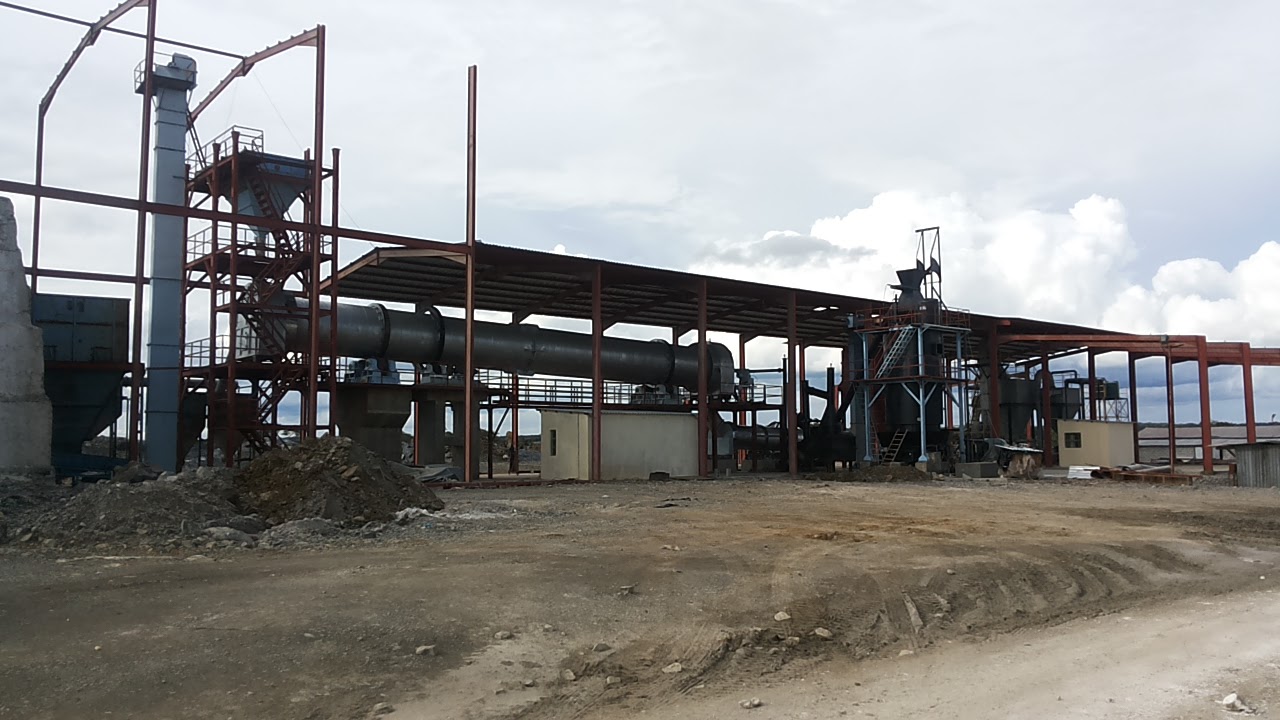If you use a rotary kiln in your business, you must keep it in good working order. Improper maintenance will cause difficulties with a good rotary kiln. Maintenance is critical if you want your equipment to last a long time and perform efficiently.
Having a large supply of replacement kiln components on hand will assist, but nothing surpasses regular check-ups and being aware of your kiln’s general health. With years of expertise developing, maintaining, repairing, and refurbishing kilns, we know what faults are most likely to develop and which are likely to be the most devastating. Below are the essential concerns to keep an eye on.
These things should be included in routine rotary kiln inspections. If any of these wear-and-tear concerns occur, it is vital to detect and address them as soon as possible before they become severe difficulties.
Important Rotary Kiln Maintenance Issues to Be Careful Of
Inadequate Lubrication of Kiln Components
Proper component lubrication is crucial to the kiln’s health. Most kiln or Ball Mill Grinding Plant owners are meticulous about keeping their kilns working well. Check the lubrication of the equipment daily to verify that the proper application is utilized for each kiln part.
However, did you realize that a kiln can be over-lubricated? Excessive lubrication on the shell, guards, housings, or foundation can pose a fire danger and harm the grout.
A rotary kiln can suffer catastrophic damage in minutes if crucial elements such as gearboxes, carrying rollers, bull gear, and pinion sets are not properly lubricated.
Misalignment of the Kiln
Misalignment is the most common maintenance issue we find on kilns. If issues about horizontal and vertical misalignment on rotary kilns are ignored, they can lead to unpredictability and poor reliability.
Factors that might contribute to alignment concerns include:
- Component wear
- Component replacement
- Adjustment of carrying rollers
- Foundation settlement
For optimal performance, KINC Group recommends getting your kiln properly aligned every 1-2 years. Also, double-check the alignment and kiln slope before and after replacing any significant components. The most generally acknowledged technique of alignment is a hot-kiln alignment, which is accomplished under normal working circumstances. Thrust rollers are designed to prevent the kiln from moving too far in either direction. They absorb some of the pushing energy exerted by the kiln when it is in use.
The rotary kiln may grow more prone to wear and unbalance over time as a result of gravity. As a result, inspecting the thrust balance of carrying rollers at each pier for indicators of overloading is important.
Kiln Shell Crank
Shell crank, also known as dogleg or banana, is a situation in which the kiln shell centre is eccentric to the rotating axis. In severe cases, it can become completely offset. It shows the axial displacement of the kiln shell centerline. This considerably increases the strain on the rollers, as well as creating vibrations and, if left unfixed for an extended period, changes to the shell structure or form.
Kiln shell crank can have a negative impact on carrying stations over time because it exerts more strain on the carrying rollers with each rotation of the kiln. The increased loading from the kiln crank can therefore cause a variety of issues, including:
- Heavy gear vibration
- Roller shaft flexing and eventual failure
- Ineffective sealing
- High cyclical drive amps
- Increased ovality
Irregular Kiln Shell Ovality
Shell flex occurs when a kiln works for too long with misalignments or other problems, causing the shell to take on an oval cross-section rather than being precisely round. If the shell is getting deformed, it is most often the result of greater untreated maintenance issues. This can have a significant influence on the kiln’s operation as well as the heat levels within. Kiln ovality is affected by kiln alignment, kiln loading, kiln crank, diametrical clearance, and other considerations.
You should check your shell for symptoms of flex on both the horizontal and vertical axes regularly. If the shell is getting deformed, it’s most likely the result of greater, unresolved maintenance issues. It’s crucial to keep an eye on both tire and shell ovality to see when refractory difficulties and shell cracking are likely to occur.
We Recommended Kiln Maintenance
Regular inspections and service of your rotary equipment are essential for avoiding these maintenance difficulties and many more. Experts propose doing a hot-kiln alignment and mechanical survey every1 to 3 years as a starting point. This sort of maintenance work can be undertaken during routine operations and should include the following:
Evaluate the Rotary kiln shell runout (eccentricity) and shell deformation (profile)
- Measure roller shaft deflection
- Record axial and radial gear runout
- Calculate axial tire runout
- Monitor ovality
- Measure the diameters of the rollers and tires
- Creep, as well as uphill and downhill shell plate temperatures and tire side face temperature, should be recorded weekly.
We are one of the country’s few rotary kiln exporters and experts in kiln maintenance, repairs, and operation. Inspections, evaluations, and maintenance give critical information for the scheduling of new or replacement components, upgrades, and services. If your kiln isn’t working properly, please contact KINC Group so that we can begin working on a solution.


